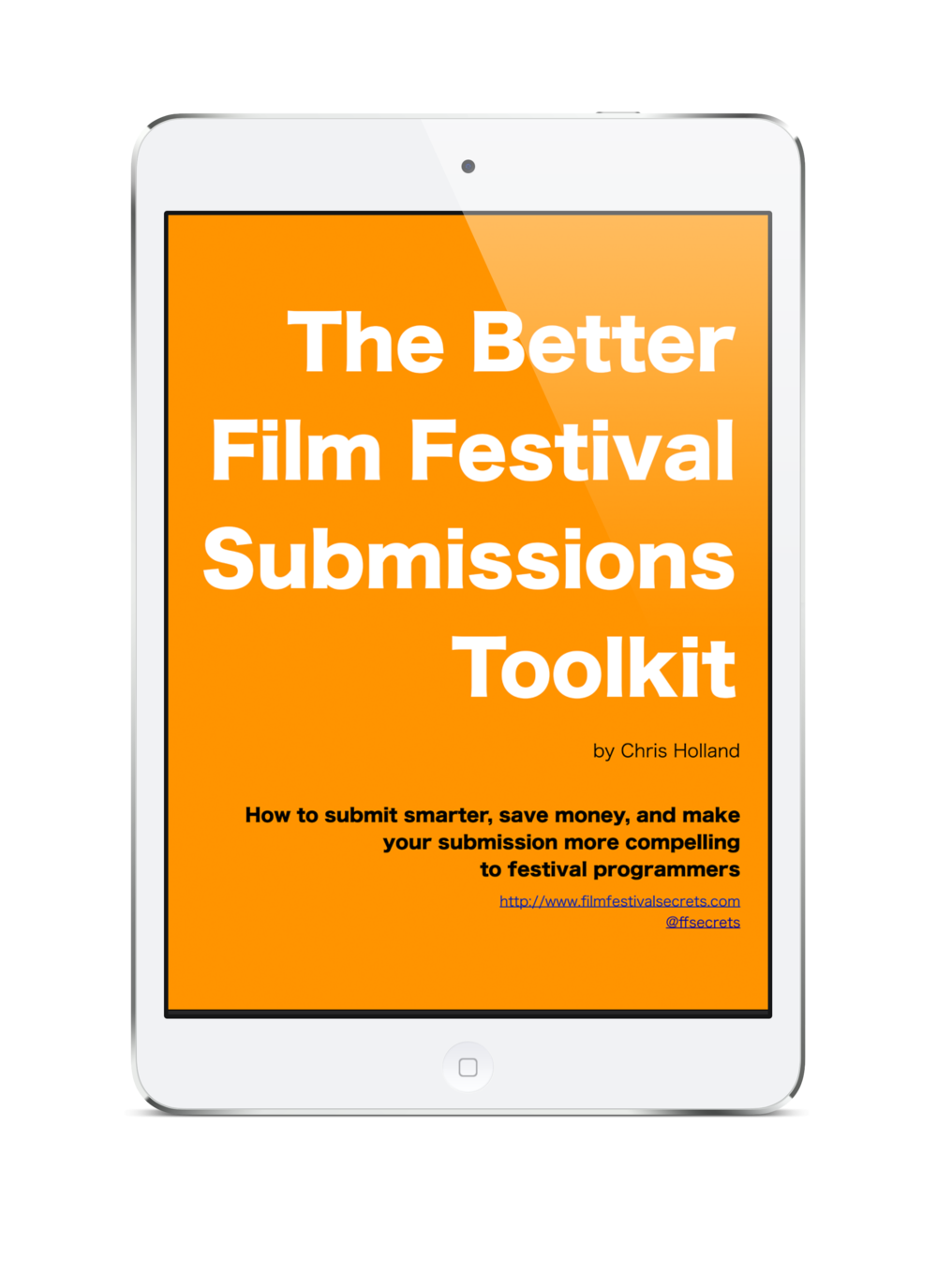Image: "Birth of a Nation" / Fox Searchlight.
The Hollywood Reporter, writing about the record-breaking sale of Birth of a Nation at this year’s Sundance Film Festival.
The Sundance audience gave the slave-rebellion drama an extended standing ovation, which was followed by mostly enthusiastic reviews. By the next morning, Fox Searchlight had plunked down a jaw-dropping $17.5 million for worldwide rights to the film, the biggest sale in the fest’s history. It also marks the largest sum ever paid for a finished movie at any festival, including Cannes, Berlin and Toronto.
This, of course, is the dream scenario for any filmmaker – to play one’s passion project to rapturous applause, and then cap it off with a big sale to a distributor who will deliver that film to the audience waiting for it.
Let’s not lose sight, however, of what went into creating this festival success story in the first place. From that same THR story:
[Filmmaker and star Nate] Parker, 36, quit acting for two years to realize the passion project that he wrote, produced, directed and toplined. He put in $100,000 of his own money to fly around the country to talk to anyone who might want to finance it. A dozen investor groups — which included former NBA player Michael Finley and San Antonio Spurs star Tony Parker — cobbled together the film’s $10 million budget.
Not to take anything away from Kevin Smith (one of the original Sundance whiz kids who was back at Sundance this year with a new movie), but this wasn’t a Clerks-type Cinderella story. Birth of a Nation’s festival screening and sale were the result of years of smart, careful planning, hard work, and big risks.
That makes it all the more impressive, but also more of an object lesson: unless you have the business acumen and resources to replicate what Parker and his team did – not to mention his storytelling ability – then a big win like this is likely out of reach.
Birth of a Nation’s big sale is a great source of inspiration, sure, and a sign that film festivals are as relevant as ever.
It is not, however, an indication that a large swath of indie filmmakers will soon see their films snapped up at premium prices by eager distributors. Despite the fact that Amazon and Netflix apparently threw some money around at Sundance this year, the underlying message remains the same: bring a big audience with you or DIY. (Distribute it yourself.)
To learn more about the current indie film distribution landscape from people who know what they’re talking about, I recommend the Indie Film Academy’s online course on distribution. If you want a brain dump of indie film distribution knowledge, listen to some very smart people with experience in the field lay it out for you in this course. (Affiliate link.)



